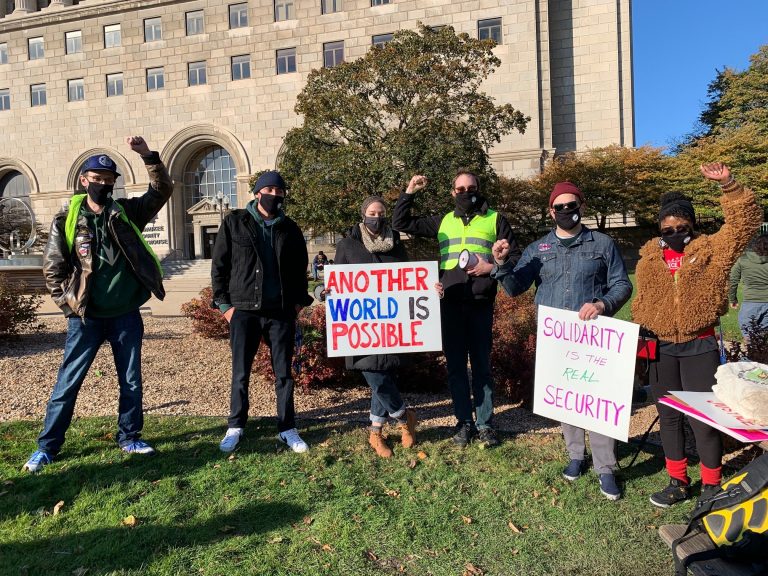Liberatory Unionism In The US Art Museum Labor Movement
Art museum workers in the U.S. are in the midst of the most exciting period of labor organizing in decades. Since the launch of the New Museum Union in January 2019, there has been a 223% increase in new organizing at private, not-for-profit art museums alone. Though precarious working conditions long predate the COVID-19 pandemic, there was a boom in organizing in its wake after institutional responses exposed and exacerbated worker exploitation, unsafe working conditions, and layoffs and furloughs, predominantly affecting front-of-house workers.
Museum workers are also enacting liberatory unionism, a term I borrow from labor journalist Eve Livingston. In liberatory unionism, workers are not simply organizing for higher pay and better working conditions, but are also connecting labor struggles with resistance to racism and gender oppression.














